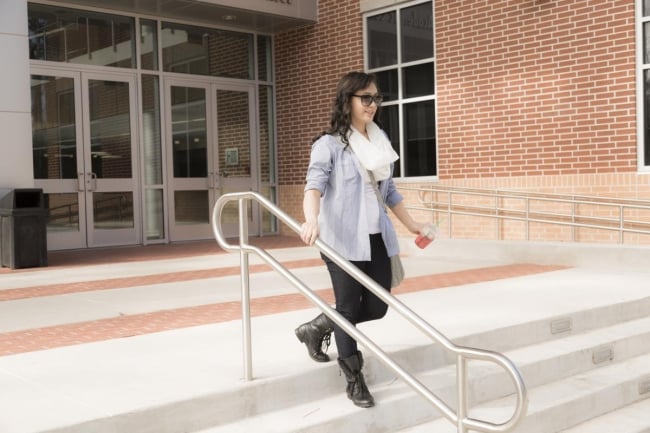You have /5 articles left.
Sign up for a free account or log in.

fstop123/iStock/Getty Images Plus
College and university leaders have been understandably obsessed with student enrollment figures in the 16 months since the coronavirus pandemic upended higher education. The regular reports from the National Student Clearinghouse Research Center have revealed overall drops in enrollment, particularly for first-time students and for those from various groups already underrepresented in American colleges.
New enrollments are only a piece of the puzzle, though, and most colleges in recent years have begun paying increasing attention to their ability to ensure that students stay enrolled (retention, from the institution's standpoint, and persistence from the student perspective). Which makes a new report today from the National Student Clearinghouse Research Center all the more important -- and troubling.
The rates at which newly enrolled students persisted in higher education last fall fell by two percentage points, to 73.9 percent in 2020 (for those who entered in fall 2019) from 75.9 percent in 2019 (for those who entered in fall 2018). The national persistence rate had risen from 72.4 percent in 2009, when the clearinghouse first started measuring it, and this year's mark represented the lowest rate since 2014.
A roughly similar pattern shows up in the rates at which institutions retained their own students. The retention rate dipped to 66.2 percent last fall (for those who entered in fall 2019), down from 67 percent the year before.
In both cases, the drops were particularly sharp for part-time students.
Students from underrepresented racial groups, those from low-income backgrounds, older students and students at community colleges have consistently borne the brunt of the impact of the pandemic and recession, as previous enrollment reports from the National Student Clearinghouse have shown.
The data on persistence and transfer reinforce that reality, though these statistics from the clearinghouse do not assess students' financial status.
Community colleges and their students have been disproportionately affected in the last year, after having seen notable gains in the immediately preceding years. As noted above, part-time students who first enrolled in fall 2019 were particularly disrupted, with their persistence and retention rates dropping by five and four percentage points, respectively.
The persistence rate for students starting at four-year public colleges, by contrast, barely budged, dropping by less than half a percentage point. The retention rate for those at four-year public universities actually rose by nearly a percentage point, from 79.2 percent for students who entered in fall 2018 to 80.1 percent for those who entered in fall 2019.
The persistence rate of students at four-year private institutions dropped by nearly two percentage points, to 87.9 percent from 89.8 percent, and the institutions' retention rate fell to 78.6 percent from 79.9 percent.
Gaps by Race
Black and Latinx students historically have lower persistence and retention rates, and the results from last fall widened that gap. Latinx students had by far the largest drop in persistence, 3.2 percentage points, while the rate for Black, white and Asian students fell by half that amount.
The even wider gaps in persistence and retention for older-than-traditional-age college students also widened.
Students in liberal arts and sciences disciplines experienced the biggest drop in persistence among those seeking a bachelor's degree, while the retention rate of students in biological and biomedical sciences and those in health professions rose.
At the two-year level, students in computer science were mostly likely not to continue their educations.





